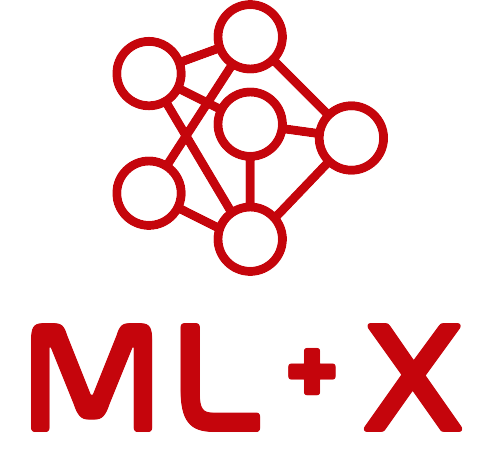Leaf Vein Dataset (LVD2021)
About this resource
The Leaf Vein Dataset 2021 (LVD2021), introduced in the paper Leaf vein segmentation with self-supervision, contains high-resolution images of leaves with pixel-wise annotations of vein structures. This dataset can be used to develop machine learning models for leaf vein segmentation and plant phenotyping. The dataset includes 4977 images across 36 different types of leaves, with over 100 images per type. The pixel-level annotations make it suitable for training models for fine-grained segmentation tasks. To request access to the Leaf Vein Dataset 2021 (LVD2021), please fill out the request form.
The paper’s code can also be accessed here: github.com/LeryLee/vein_segmentation?tab=readme-ov-filew.
Key features
- High-resolution images: Each image in the dataset is 2736x3648 pixels, providing detailed views of leaf structures.
- Pixel-wise annotations: Each leaf image comes with annotations that precisely mark the vein architecture, enabling fine-grained segmentation.
- Variety of leaf types: The dataset covers a wide range of plant species, allowing for diverse research opportunities in botany and plant phenotyping.
Key applications
- Leaf vein segmentation: Develop models to extract vein features such as vein continuity, branching, and intersections. Models like U-Net can be adapted for this task.
- Plant phenotyping: Analyze leaf vein characteristics, which are important for understanding water and nutrient transport in plants. This can be useful for ecological and environmental monitoring.
- Self-supervised learning: The dataset’s fine annotations make it suitable for self-supervised learning techniques like pseudo-labeling, which allows models to be trained with only a small number of labeled samples.
- Segmentation in noisy environments: Develop segmentation models that can handle complex leaf images with indistinguishable mesophyll, breakpoints, and blurred vein boundaries.
Questions?
If you have any lingering questions about this resource, feel free to post them on the ML+X Nexus Q&A on GitHub. We will update this resource as new information or applications arise.
See also
- Models: U-Net: Explore one of the most popular segmentation models.
